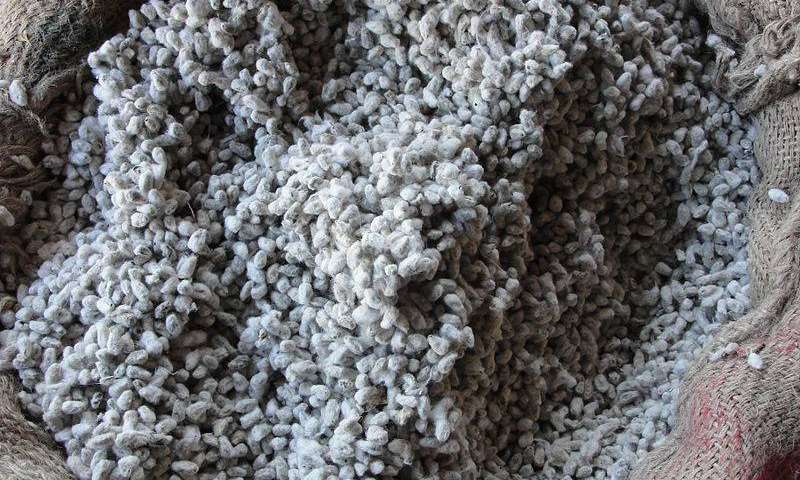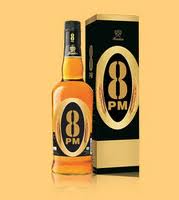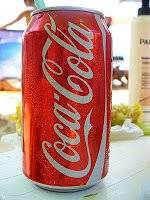This post was first published on 16th July, 2014.
Today's special is the case that has set a high precedent in US Patent Law practice, acquiring the status of the highest cited case in subsequent cases decided by several courts, especially the CAFC. Graham vs. John Deere Co. is cited extensively since it clarifies the judicial standing on the requirement of non-obviousness of an invention. William T Graham (Graham) sued John Deere Co. (Deere) for patent infringement.
Details: Graham invented a…









